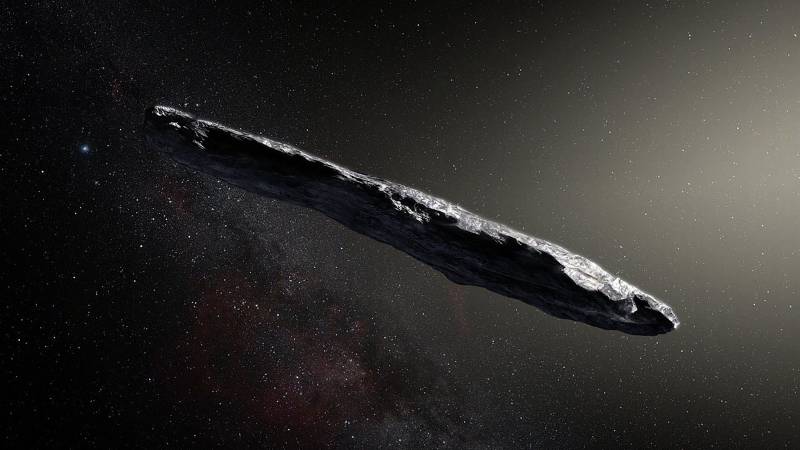
Introduction
The study of interstellar objects that enter our solar system has captured the attention of scientists and astronomers alike. These celestial bodies offer valuable insights into the origins of our solar system and the nature of the universe. The recent encounter with ‘Oumuamua in 2017 and the more recent object named 2I/Borisov have sparked significant interest, leading to ongoing research and discussion about their implications for our understanding of both space and the development of planetary systems.
Recent Discoveries
In October 2017, astronomers observed ‘Oumuamua, the first known interstellar object to pass through our solar system. Its elongated shape and unusual trajectory suggested it originated from outside our solar system, likely traveling from the direction of the constellation Lyra. Following ‘Oumuamua’s discovery, scientists have analyzed its path, rotation, and characteristics to infer information about its composition and origin; however, its exact nature remains largely a mystery.
In 2019, a second interstellar object, 2I/Borisov, was discovered. Unlike ‘Oumuamua, Borisov displayed a cometary tail, indicating it was releasing gas and dust as it approached the sun. This feature made it a crucial subject for study, allowing astronomers to examine it in greater detail. Researchers have concluded that 2I/Borisov is likely coming from the outer regions of another solar system, similar to ours.
Scientific Significance
The presence of interstellar objects provides a unique opportunity to learn more about the building blocks of planetary systems. In addition to giving us clues about the material composition of other solar systems, they also serve as probes of the interstellar medium—the matter that exists in the space between stars.
Scientists are particularly keen on understanding how these objects contribute to the formation of planets and what they can tell us about the chemical compounds found in other star systems. Theories suggest that interstellar objects could have played a role in delivering water and organic compounds to the early Earth, possibly influencing the development of life.
Conclusion
As technology advances, the ability to detect and study interstellar objects will improve, opening new avenues for research. Continuous monitoring of our solar system will not only enhance our understanding of these mysterious visitors but may also help answer fundamental questions about the origins of life and the dynamics of galaxies. The exploration of interstellar objects is a promising frontier in astronomy, emphasizing the need for ongoing research and international collaboration to unlock the mysteries of our universe.



